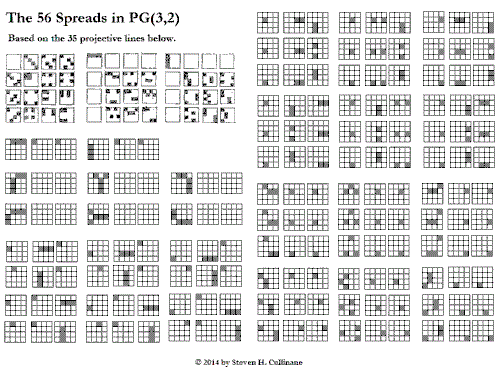The Steiner Quadruple System S(3,4,8)
underlies the Steiner System S(5,8,24).
A previous update to the Oct. 29, 2019, post Triangles, Spreads, Mathieu:
Update of November 2, 2019 —
See also p. 284 of Geometry and Combinatorics:
Selected Works of J. J. Seidel (Academic Press, 1991).
That page is from a paper published in 1970.
That page, 284, contained an excerpt from
Bussemaker, F. C., & Seidel, J. J. (1970).
“Symmetric Hadamard matrices of order 36.”
(EUT report. WSK, Dept.of Mathematics and
Computing Science; Vol. 70-WSK-02).
Technische Hogeschool Eindhoven.
That paper is now available online:








